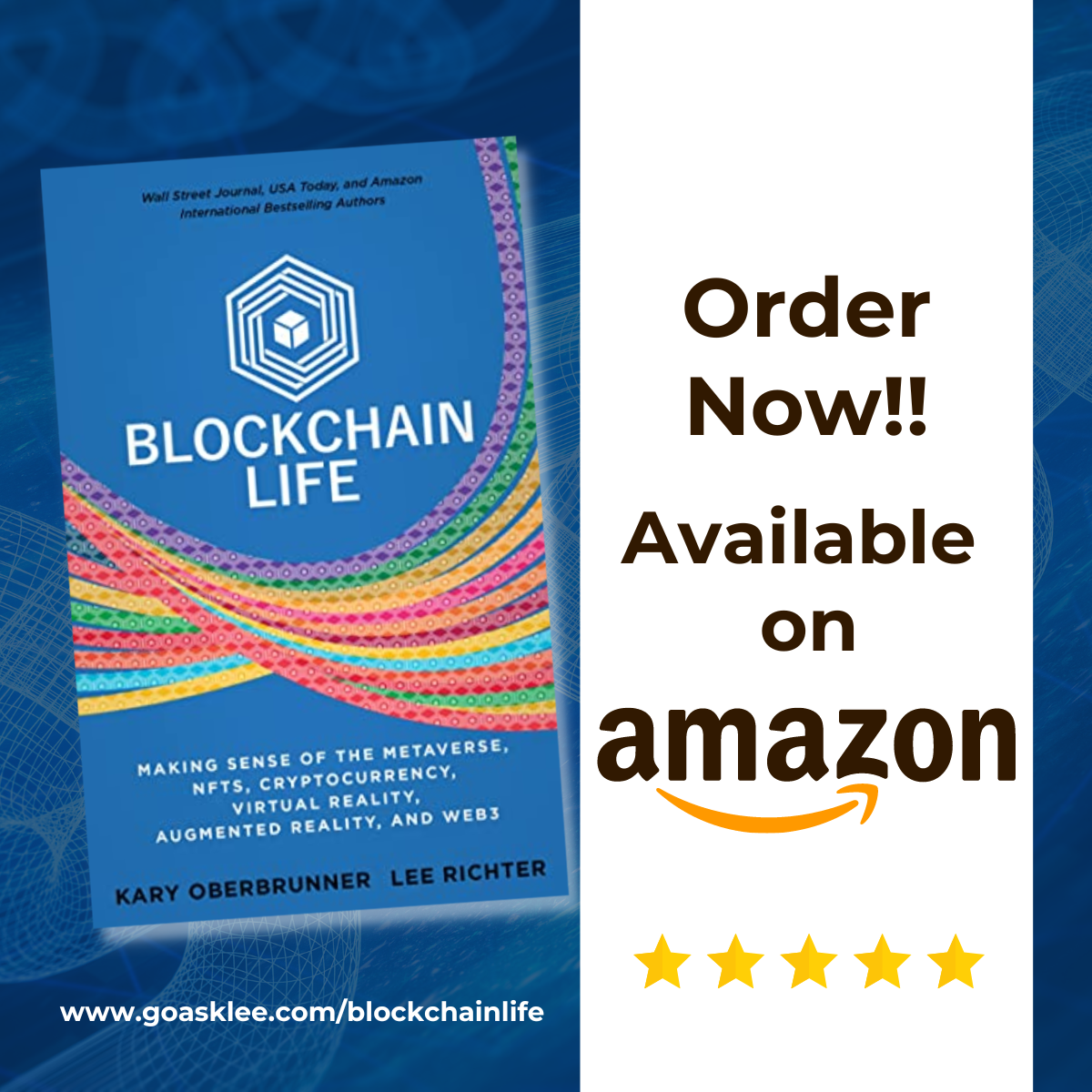Why Philanthropy is Essential for Building a Lasting Legacy
For entrepreneurs, visionaries, and changemakers, philanthropy for long-term legacy is more than just donating money—it’s about creating a sustainable impact that outlives you. True legacy-building involves strategic giving, meaningful community involvement, and the cultivation of values that will continue to influence future generations.
Many individuals want to leave a lasting imprint but struggle with where to start, how to structure their philanthropic efforts, or how to ensure their impact is sustainable. This article will guide you through effective strategies for integrating philanthropy into your legacy plan, ensuring that your contributions continue to make a difference for years to come.
The Role of Philanthropy in Legacy Building
Philanthropy is not just for the ultra-wealthy—anyone can create a meaningful, long-term legacy through intentional giving. Here’s how philanthropy helps shape your legacy:
- Preserves Your Values – Your philanthropic efforts reflect what you stand for and help instill those values in others.
- Provides Generational Impact – Structured giving supports causes that continue beyond your lifetime.
- Enhances Your Reputation – Being known for giving back strengthens your personal brand and business credibility.
- Builds Stronger Communities – Your contributions create lasting social change and economic opportunities.
- Encourages the Next Generation to Give – Leading by example inspires your family and followers to carry on your mission.
Learn more about the long-term impact of philanthropy.
Step 1: Define Your Philanthropic Mission
To build a legacy of philanthropy, start by clarifying your mission and goals. Answer the following questions:
- What causes do you deeply care about?
- What impact do you want to have in the world?
- Do you want to donate money, time, or resources?
- How can your philanthropic work align with your business or personal brand?
- How will you ensure continuity and sustainability?
Once you define your philanthropic mission, you can structure your giving efforts accordingly.
Example: Melinda French Gates focuses her philanthropy on women’s empowerment, global health, and education, ensuring that her contributions align with her lifelong passion for gender equality and development.
Step 2: Choose the Right Giving Strategies
There are multiple ways to incorporate philanthropy into your long-term legacy. Consider these options:
1. Establish a Charitable Foundation
A private foundation allows you to organize and direct your giving, ensuring long-term impact.
- Provides tax benefits for structured giving.
- Allows for consistent financial contributions over time.
- Enables you to fund specific causes and shape philanthropic programs.
2. Donor-Advised Funds (DAFs)
A DAF is a flexible, tax-efficient way to donate money while retaining advisory control over how funds are distributed.
- Offers immediate tax benefits upon donation.
- Allows contributions to grow tax-free.
- Provides the ability to support multiple organizations over time.
3. Corporate Social Responsibility (CSR) Programs
If you’re a business owner, implementing CSR initiatives strengthens your brand’s reputation while making a positive impact.
- Enhances brand loyalty and public image.
- Engages employees in meaningful community projects.
- Encourages business partners and customers to support social causes.
4. Legacy Philanthropy Through Estate Planning
Incorporate philanthropy into your will or trust to ensure your charitable giving continues after your lifetime.
- Bequeath assets to charities in your estate plan.
- Set up an endowment fund to support long-term causes.
- Ensure sustained impact through planned giving.
- Explore the benefits of estate planning for philanthropy.
Step 3: Involve Your Family and Future Generations
A true philanthropic legacy extends beyond an individual’s lifetime. To ensure sustainability, engage your family, employees, or mentees in your giving efforts.
How to Involve the Next Generation:
- Create Family Giving Traditions – Hold annual giving events where family members choose causes to support.
- Educate Through Philanthropy – Teach financial literacy and the importance of charitable contributions.
- Mentor Young Leaders – Encourage the next generation to get involved in nonprofit boards or fundraising initiatives.
- Example: The Rockefeller family has preserved its philanthropic legacy for generations by instilling charitable giving values into its family culture.
Step 4: Measure and Adjust Your Philanthropic Impact
Long-term philanthropy should be impact-driven and adaptable. Regularly evaluate the effectiveness of your contributions by asking:
- Are the organizations or initiatives achieving measurable progress?
- Are there better ways to allocate resources for greater impact?
- Is my philanthropy aligned with evolving societal needs?
Find out how to measure the impact of your philanthropy.
Step 5: Leverage Philanthropy for Thought Leadership and Influence
Your philanthropic work can expand beyond monetary contributions—it can position you as a thought leader and changemaker.
- Speak at events and conferences about your impact.
- Write books, articles, or blog posts on philanthropy and legacy.
- Host or guest on podcasts to discuss your philanthropic journey.
- Leverage social media to inspire others to give back.
Example: Bill and Melinda Gates use their global influence and media presence to drive discussions on public health and philanthropy, ensuring their legacy extends beyond financial donations.
Make Philanthropy Part of Your Legacy Today
Philanthropy is one of the most powerful ways to create a lasting impact. By aligning your giving with your values, structuring it for sustainability, and involving future generations, you can build a legacy of generosity and transformation.
Excited to integrate philanthropy into your legacy plan?
Join our Legacy Building Masterclass and learn expert strategies for impactful, long-term giving!





